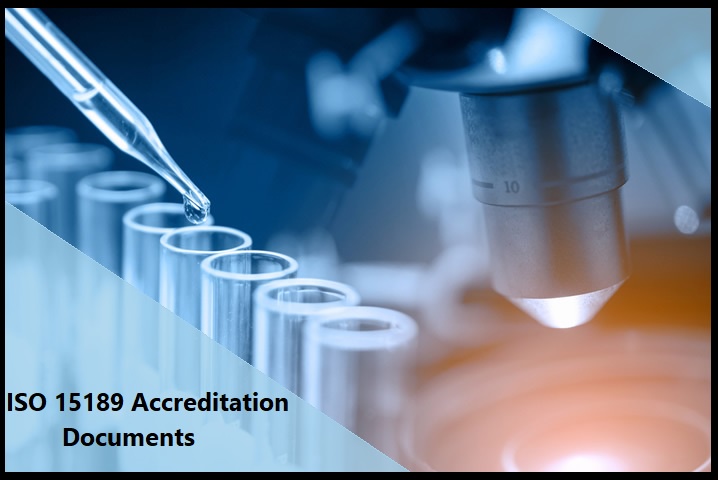An international standard known as ISO 15189:2022 lays out specifications for competence and quality in medical laboratories. It includes a number of requirements, such as planning and putting into action steps to address risks and chances to improve the system and processes. The standard can be used for a variety of healthcare services along with blood banks, transfusion, respiratory therapy, diagnostic imaging, and physiological sciences.
By increasing patient confidence that their medical laboratories are capable and quality-assured, ISO 15189:2022 accreditation aims to improve patient happiness and well-being. To that aim, all QMS components in a medical laboratory, including sample handling and collection, risk management, personnel competency standards, metrological traceability of results, waste management, and so forth, are covered by the requirements. This standard is based on ISO 9001:2015 for general QMS standards, with an emphasis on medical laboratories, and ISO 17025:2017 for testing and calibration competence requirements for laboratories, with a goal of ensuring equipment accuracy.
Additionally, ISO 15189:2022 supersedes and incorporates the POCT criteria that were previously in ISO 22870:2016. All tests, including blood glucose monitoring and home pregnancy tests, that are conducted on or near patients or at the location where care or treatment is given are covered by these regulations. It should be noted that although ISO 15189:2022 documents aren't a requirement per se, they can be utilized by patients, clients, and regulatory bodies to determine if medical laboratories are competent. So, here are a few of the key elements that must be taken into account when putting the ISO 15189 accreditation documentation into practice.
Things that must be considered to prepare for the ISO 15189 documents
- All documents are to be reviewed and approved by authorized personnel before use - ensures that all documentation is approved by the correct procedures, with the lab director's signature included, before it is "approved" and made available to staff.
- All documents must carry identifying information, including title, unique identifier on each page, version date or version number, page count, and authority for the issue - Document names, version numbers, effective dates, and page counts are displayed on each page of both printed and electronic versions. Documents are printed and shown on screen with the applicable lab director's signature and the date.
- Current approved documents are followed on a document register or master index - Provides a continuously updated index that contains data on the most recent approval, review, and due date for the next review.
- Hand-edits are acknowledged and approved appropriately - In Document Control, hand editing is not permitted. Document updates, whether major or minor, are tracked as new revisions that must go through the appropriate approval procedures before being made available.
- Changes to documents are recognized - Document changes develop updated papers that may be contrasted with earlier versions. Employees are informed of changes using note fields and the "Track Changes" functionality.
- Documents are understandable - displays and prints readable copies of images, Word, Excel, and PowerPoint files. The user's formatting is kept. Edits, stamps, signatures, headers, and footers have no effect on a document's ability to be read.
- Documents are reviewed intermittently to make sure they are still applicable and correct - 90 days before the biannual or yearly evaluation date, let designated personnel know. till the assignment is finished, send reminders regularly. Each document is examined and approved by designated workers.
- Outdated documents are emerita and marked as such - Contains the necessary warnings to mark retired documents and earlier iterations of current documents. allows only authorized administrative users access.
- Outdated documents are retained for archival purposes - documents that have been retired and earlier iterations of current documents are kept forever. The right administrative users have access to see documents at any time.


No comments yet